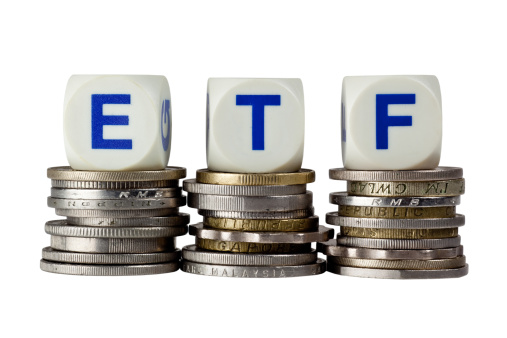The most recent sell-off is coming from a massive tank in Asia, particularly in Shanghai. It is effectively an unavoidable slowdown in China that the market worries will turn into a recession for the world’s largest nation that has been the world’s growth engine.
Here is how the Shanghai reaction looked in ETF terms, beyond ugly.
The 10-year Treasury yield was 1.97%, versus 2.05% on Friday. That was 2.08% on Thursday, 2.13% on Wednesday and 2.20% on Tuesday. The 30-year Treasury yield was 2.68% Monday morning, down from 2.75% on Friday and down from 2.86% last Tuesday. The 30-year was even north of 3% as recently as July 22.
S&P 500 futures were down 85 points and the DJIA futures were down close to 700 points.
iShares 20+ Year Treasury Bond (NYSEMKT: TLT) was indicated to open up 0.75% at $127.35, against a 52-week range of $112.73 to $138.50.
The SPDR S&P 500 ETF (NYSEMKT: SPY) was indicated down 4% to $189.66, versus a 52-week range of $181.92 to $213.78.
The SPDR Dow Jones Industrial Average ETF (NYSEMKT: DIA) was down 4.1% at $157.60, against a 52-week range of $158.27 to $183.35.
The PowerShares QQQ Trust (NASDAQ: QQQ) was indicated down 5.3% at $96.94, against a 52-week range of $90.24 to $114.39.
ALSO READ: Merrill Lynch’s 3 Top Stocks to Buy Into Extreme Market Weakness
Are You Still Paying With a Debit Card?
The average American spends $17,274 on debit cards a year, and it’s a HUGE mistake. First, debit cards don’t have the same fraud protections as credit cards. Once your money is gone, it’s gone. But more importantly you can actually get something back from this spending every time you swipe.
Issuers are handing out wild bonuses right now. With some you can earn up to 5% back on every purchase. That’s like getting a 5% discount on everything you buy!
Our top pick is kind of hard to imagine. Not only does it pay up to 5% back, it also includes a $200 cash back reward in the first six months, a 0% intro APR, and…. $0 annual fee. It’s quite literally free money for any one that uses a card regularly. Click here to learn more!
Flywheel Publishing has partnered with CardRatings to provide coverage of credit card products. Flywheel Publishing and CardRatings may receive a commission from card issuers.
Thank you for reading! Have some feedback for us?
Contact the 24/7 Wall St. editorial team.






